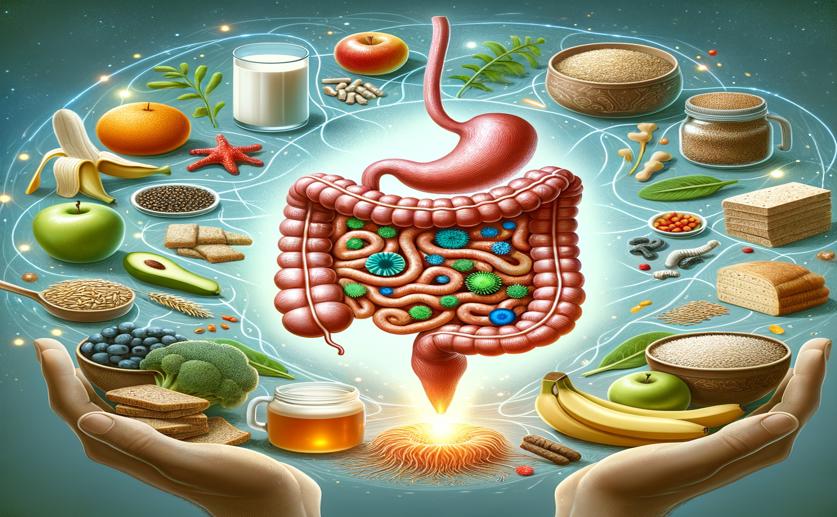
Exploring How Diet Affects Gut Fungi and Host Metabolism
Jim Crocker
11th March, 2024

Image Source: Natural Science News, 2024
Key Findings
- In a Thai cohort, two main gut fungal communities were found: Saccharomyces (Sa) and Aspergillus/Penicillium (Ap/Pe)
- Sa-dominated guts had less fungal diversity and were linked to poorer body composition and higher blood sugar when consuming fiber
- Ap/Pe enterotype was associated with better fat and protein processing, while Sa enterotype specialized in breaking down complex carbs
References
Main Study
1) Preliminary characterization of gut mycobiome enterotypes reveals the correlation trends between host metabolic parameter and diet: a case study in the Thai Cohort.
Published 9th March, 2024
https://doi.org/10.1038/s41598-024-56585-2
Related Studies
2) Commensal fungi in intestinal health and disease.
3) Metabolic and inflammatory profiles, gut microbiota and lifestyle factors in overweight and normal weight young thai adults.
4) Exploring the Influence of Gut Microbiome on Energy Metabolism in Humans.



 27th February, 2024 | Greg Howard
27th February, 2024 | Greg Howard